The small resort village of Galibi is the northeastern-most settlement in Suriname. Even though its population, as of 2012, is less than 750, there are many interesting things to do in Galibi. This secluded tropical paradise, located just minutes from French Guyana along the country’s Atlantic coast, is a relatively unknown treasure trove for curious travelers.
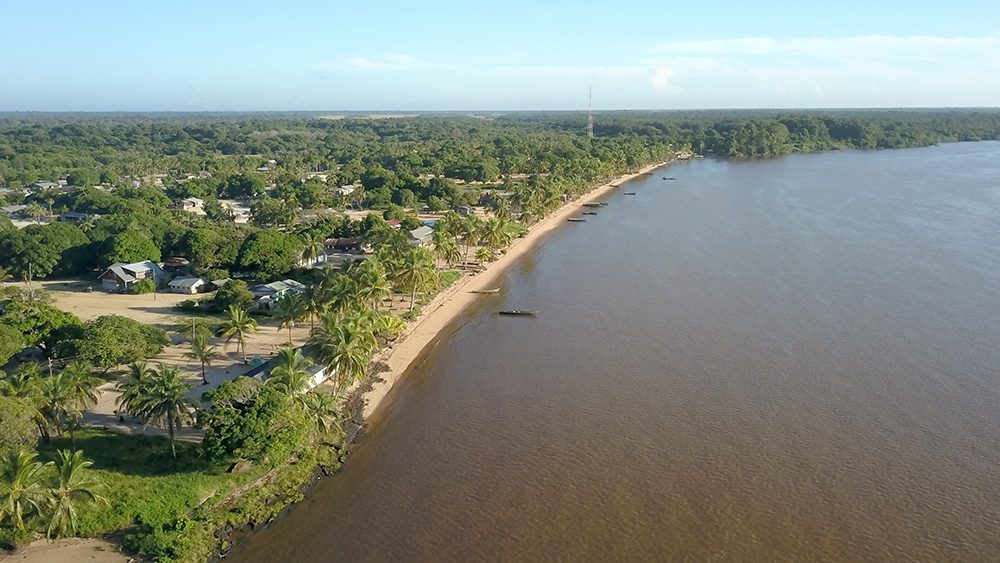
My journey to Galibi started with a 4-hour car ride from the capital of Paramaribo to the riverside town of Albina. From there, my guide Imro and I took a choppy, 100-minute boat ride up the Maroni River, through the rain forest, until we reached the virgin beaches of Galibi. It’s the only way to get there and is a thrilling way to travel through the country.
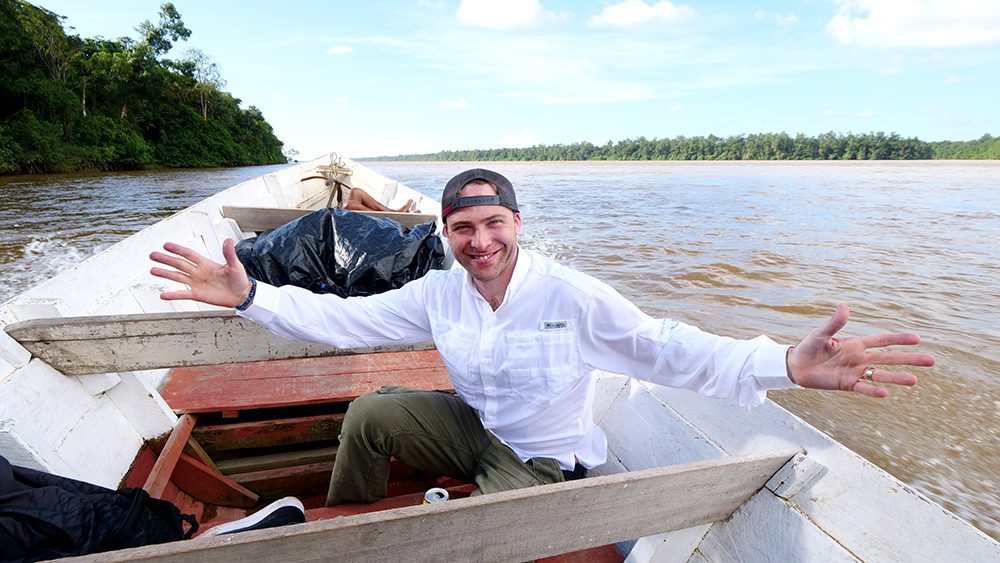
Regardless of what type of traveler you are—a foodie, a culture lover, a nature enthusiast, or an adventure seeker—there is something in Galibi for you. The food is exquisite, the accommodations are fantastic, and the town itself oozes the local authenticity I crave when I travel. The best thing about it is that it’s so far off the beaten path that you’re totally off the grid. With no WiFi, you can put your phone and laptop away, which will allow you to truly immerse yourself in its unmatched beauty. These are the top 5 things to do in Galibi, Suriname.

With Galibi located along Suriname’s Atlantic coast, it would be a crime to visit the village and not indulge in a Surinamese seafood feast! I’m so lucky to have teamed up with Jenny Tours during my time in the country. My friend and guide, Imro, is from Galibi, so he was able to take me to places and meet people I normally wouldn’t have had access to. He took me to meet his girlfriend, who prepared a sumptuous seafood feast for the ages!

The foods she cooked for us included local crab, curry crab, wild boar soup, and a unique bread made from the casaba melon. The soup was spicy and peppery and contained hearty, tender, and gamy chunks of wild boar. I loved the succulent curry crab, which was extremely tasty and not spicy at all, even if I had to work hard to get the meat out. The local crab was another highlight, as it was fleshy and super buttery!
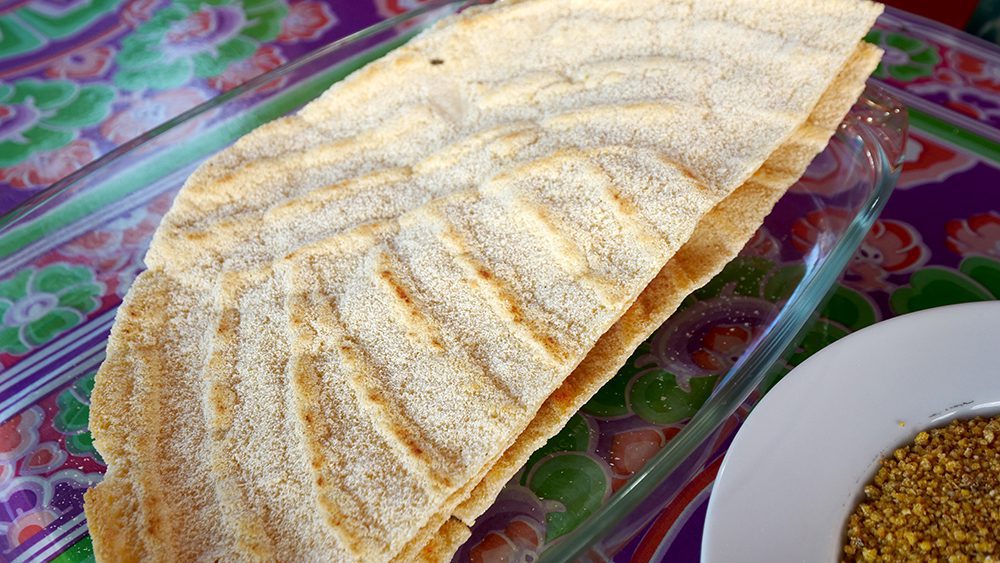
The casaba bread was hard, crunchy, and grainy, and is meant to be eaten with the soup. You break the bread into small pieces and soak them in the broth to soften them up.
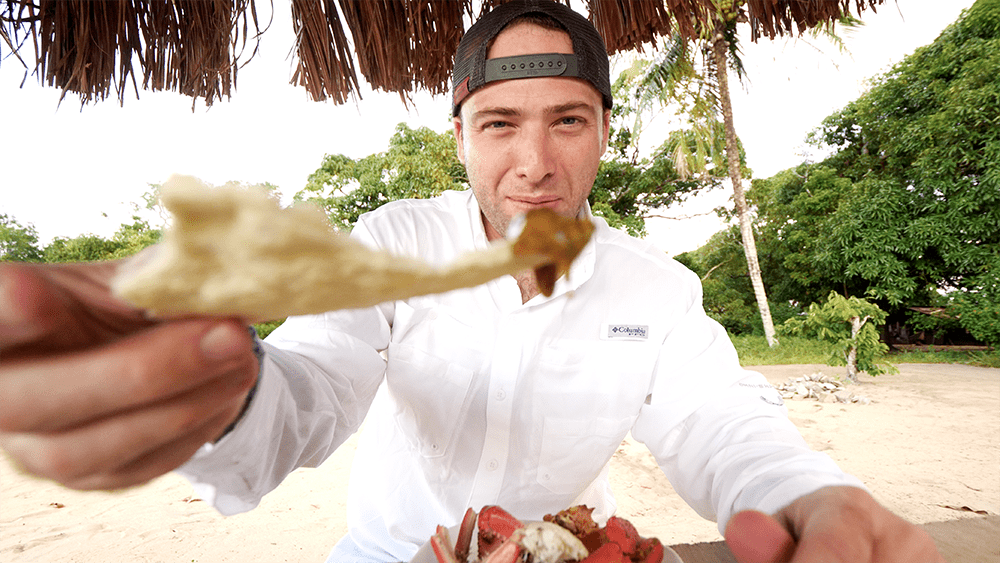
Another local delicacy is crab brains, which you eat by adding a pinch of salt and dipping the casaba bread into it. Apparently, it’s a local favorite, but it was too slimy and gelatinous for me. All in all, even though the brains weren’t my favorite, the meal as a whole is one of the top things to do in Galibi!
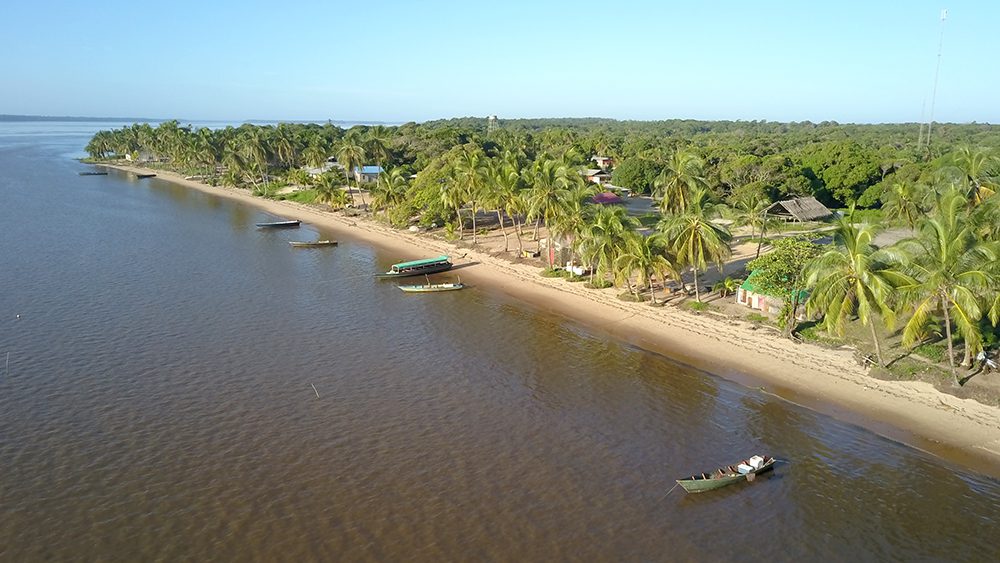
With Imro as my guide, I was able to learn a lot about Galibi as we headed out and explored. There are lots of mango trees along the beaches. Be sure to try one! These mangoes are more citrusy than the ones I was used to eating in Florida. There are also lots of calabash and palm trees, which contribute to Galibi’s unspoiled beauty, as well as cashew trees, which have a very sour fruit.
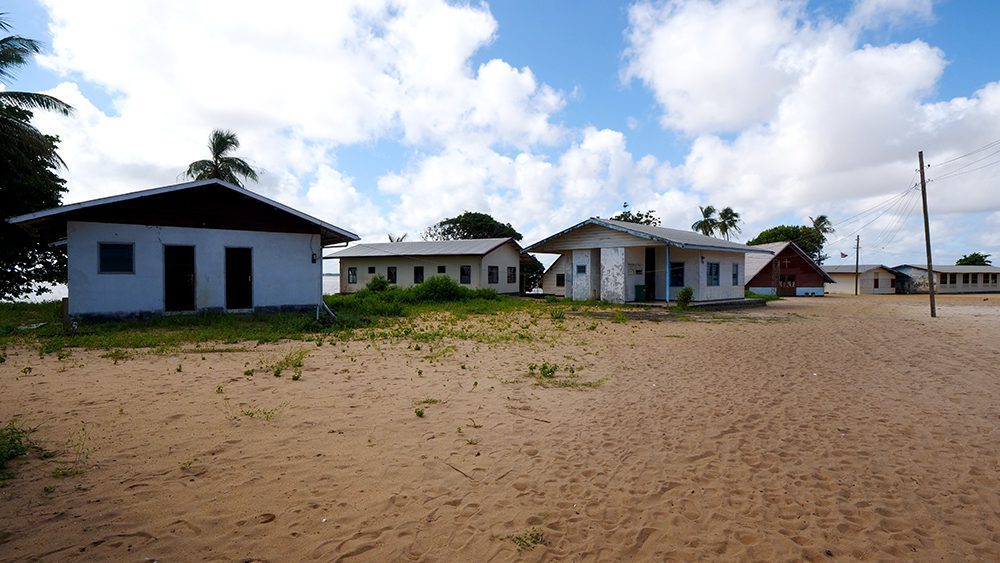
Galibi’s downtown area is extremely laid-back and unassuming and consists of a smattering of houses, a church, a soccer field, a banquet hall, and a primary school.

One of the highlights of my Galibi village tour was Sint Antonius School, the local primary school. School was in session the day I visited, so I got a tiny glimpse into what going there is like. I observed about 60-or-so kids, who ranged from as young as four years old to middle-school age, and nine teachers.
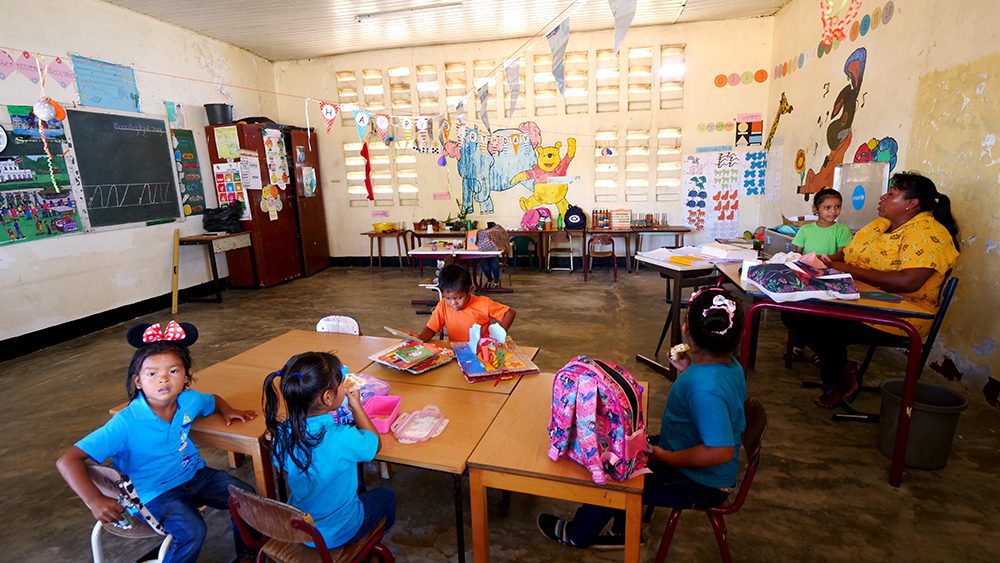
The school and classrooms were open-air and had a terrace and a Surinamese flag on the grounds. The kids there were nice but pretty shy, so I don’t recommend filming much or taking too many pictures there.

I learned from Imro that the primary school in Galibi goes up to about eighth grade. After that, local students have to take daily boat rides down the Maroni River to and from Albina, which is where the high school is located.
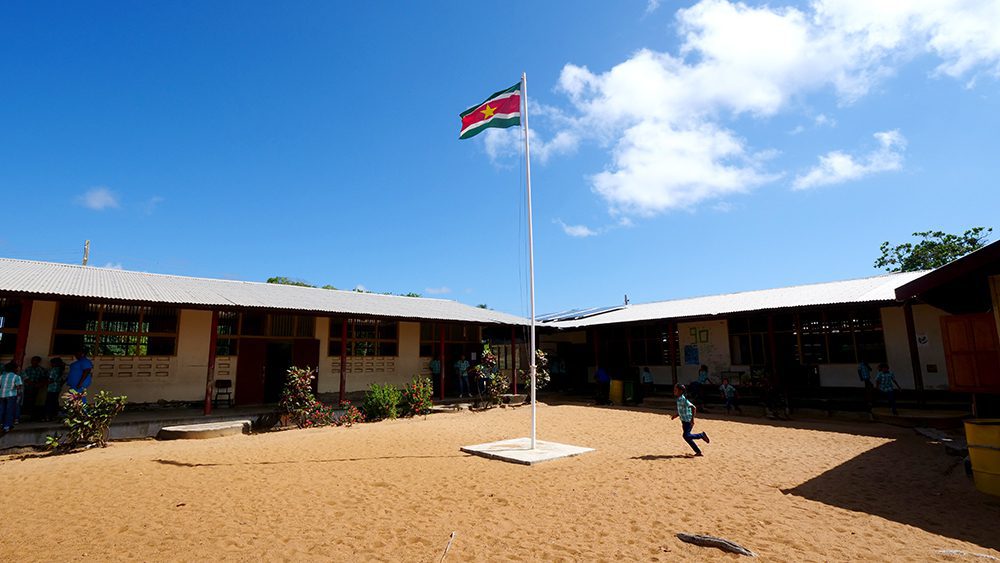
Downtown Galibi is a small area that gave me a lot of insight into what the village is all about. It doesn’t get more authentic than this and touring it is one of the best things to do in Galibi!
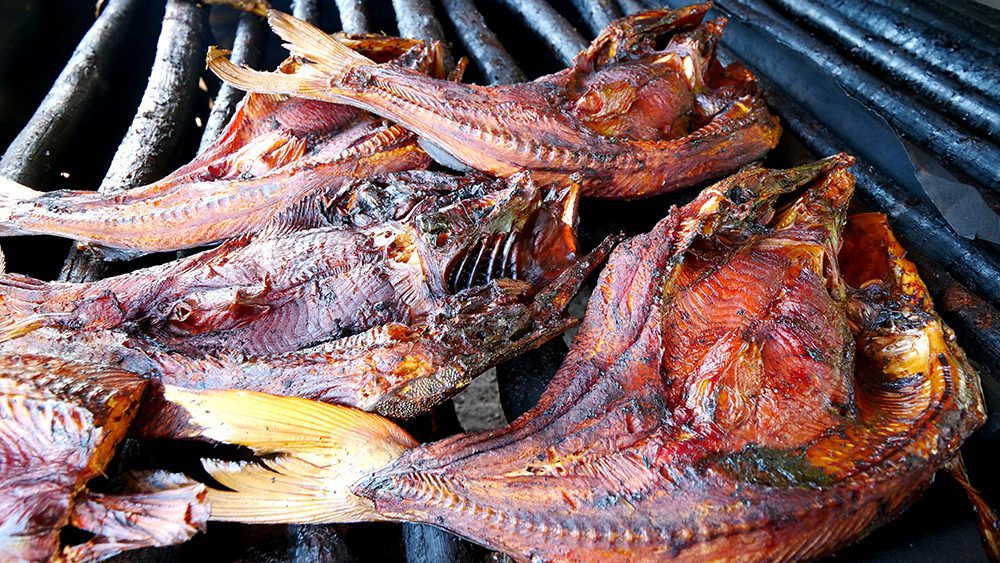
During my tour of Galibi, Imro took me on an early-morning walk along Galibi’s awe-inspiring beaches as we headed to have yet another local specialty: smoked catfish. We had to cross a wooden plank extending across a deep ditch to get there! It might be a little scary, but trust me, trying this fish is one of the best things to do in Galibi and is worth it!
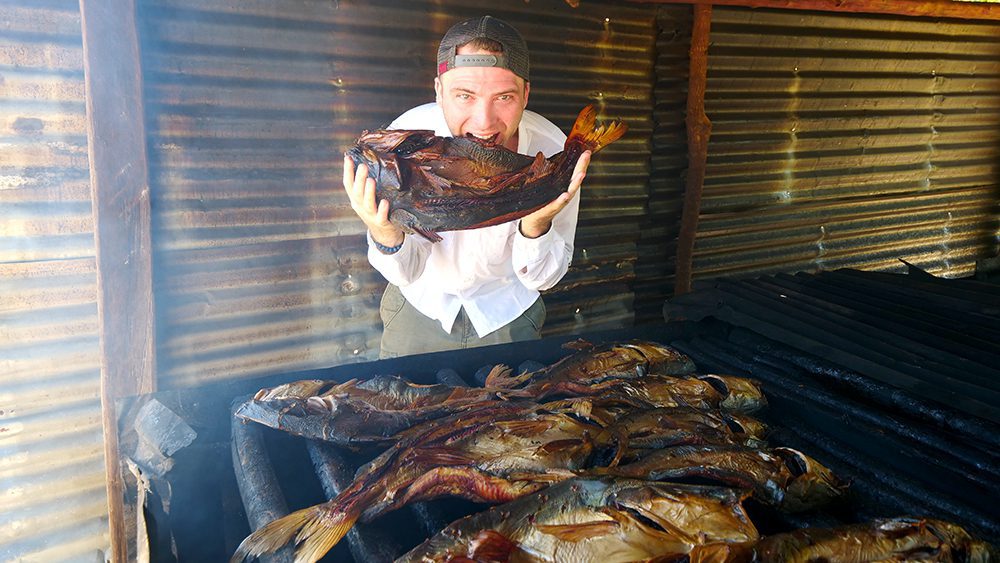
The catfish is dried in the sun and then put into the smoker until it turns a beautiful reddish-brown. A whole fish costs about 35 Surinamese dollars, or about $4.69 USD. The fish is served with some dense and crunchy casaba bread, peppers, and a bit of salt.
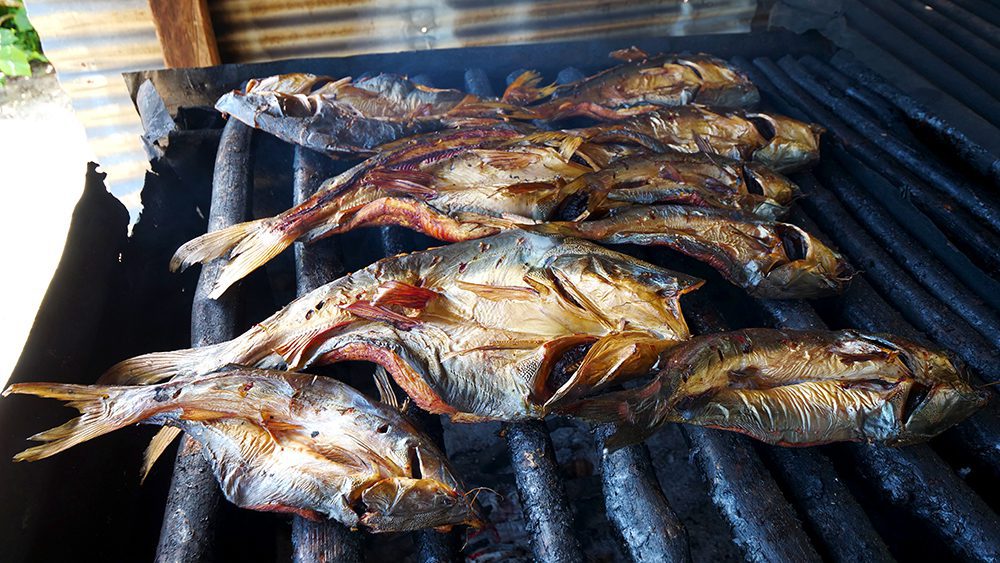
It’s really good, but you have to be careful of the spines. It’s the only thing I don’t like about eating fish. The peppers are intense and give it a nice, spicy, and flavorful kick. I don’t recommend eating the fish near the smoker like I did. Even though it was before 9:00 a.m., the air temperature was already brutal, so I suggest finding a place with some air conditioning to enjoy your meal!
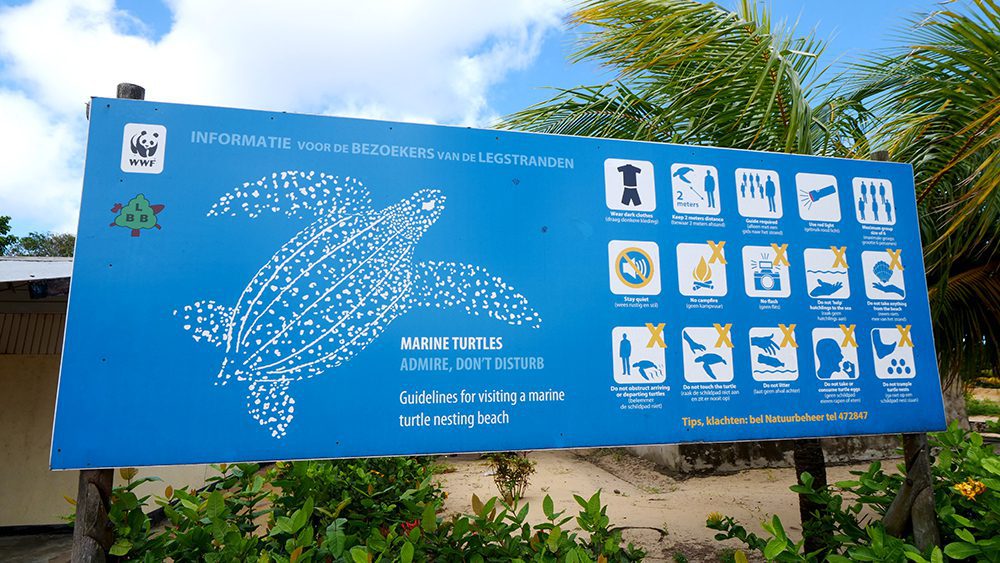
The main reason for people to travel to Galibi is to see the sea turtles that nest and hatch there from February to June. Several different species lay their eggs on Galibi’s beaches every year. Turtles are my favorite animals, so I was really hoping to see some during my visit. After all, seeing them is among the top things to do in Galibi!
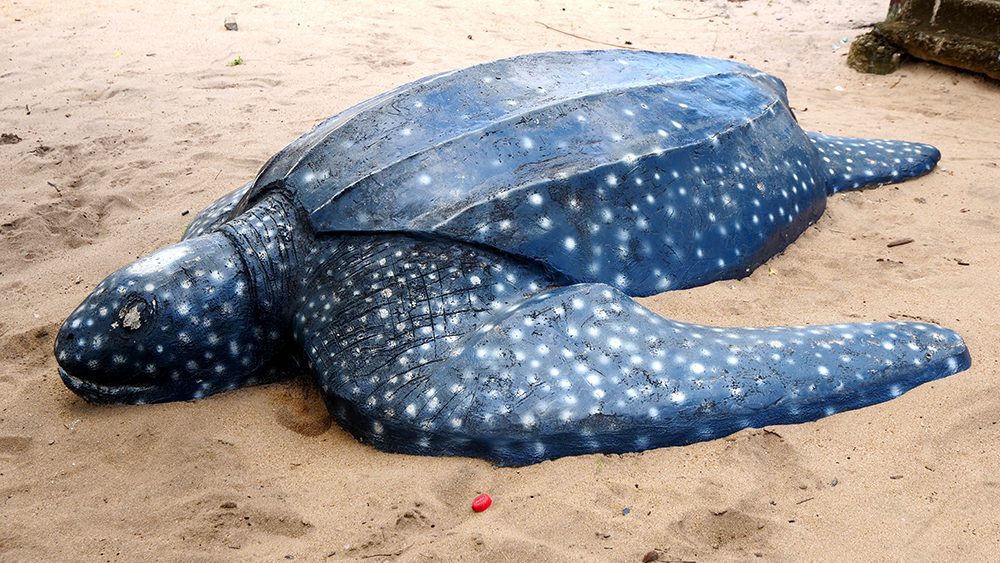
Unfortunately, I visited in July, which is too late in the season to see them. I recommend visiting between February and May for your best shot at seeing the turtles, including seeing the babies hatch and make their way to the sea. When you head out to the beaches after dark, be sure to use a red light so you don’t disturb the turtles or any other local wildlife.

Even if you don’t get to see the sea turtles, you can always learn a bit more about the turtles that nest in Galibi. There is a hut on the northern side of town, near the ocean, that shows all the different species that nest there and their ranges worldwide. The featured turtles include the Olive Ridley turtle, the green turtle, and the gorgeous but sadly endangered leatherback turtle.
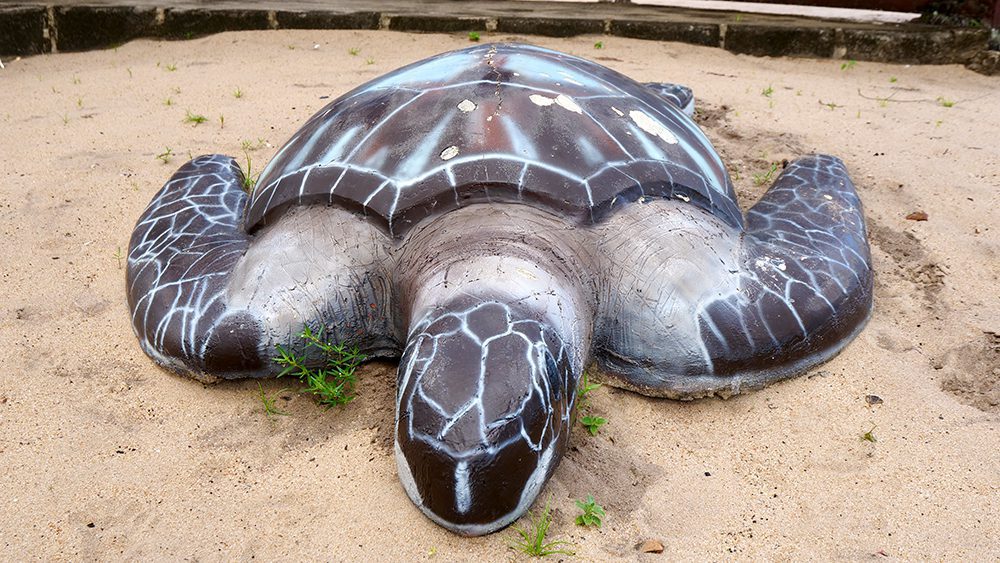
In the sand by the hut are life-sized sculptures of these turtles, which give you a good look at just how massive they are. The leatherbacks are six to eight feet in length!
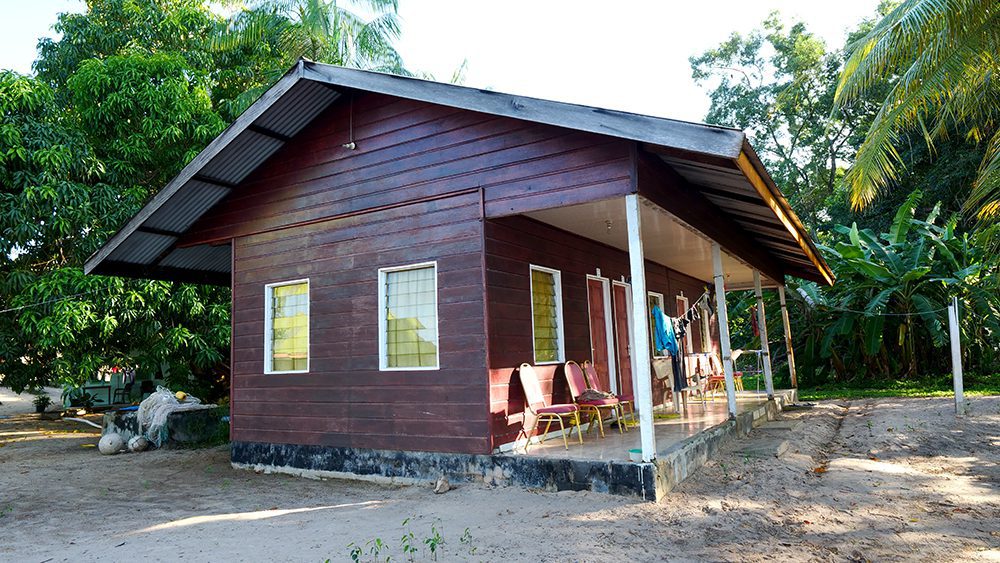
When you visit Galibi, you should stay at the Myrysji Lodge, an eco-friendly resort that started as a 3-bedroom vacation lodge back in 1992. The owner, Wijnberg Tokoe, took several tourism courses and invested in the vacation home. Because of his dedication, the lodge grew into the comfortable, 20-room, rustic accommodations that stand along Galibi’s beach today.
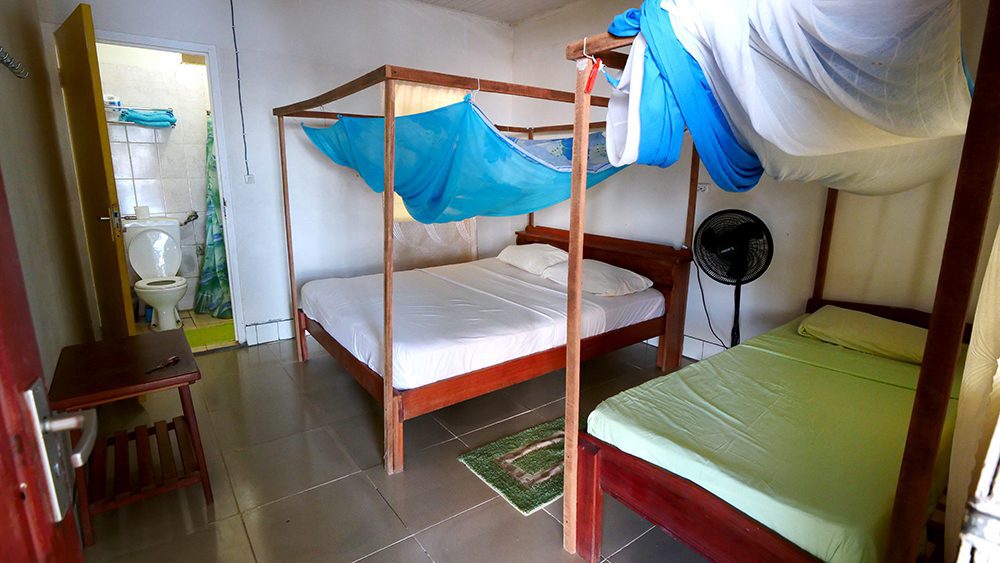
The lodge stands just feet from the river banks. My unit, number 13, contained two twin beds, which come with mosquito netting to cover yourself with as you sleep. There’s also an electric fan to help you stay cool during the muggy, steamy nights. I loved that I got to wake up to a beautiful view of the river and French Guyana right across the water! Staying at the lodge is one of the best things to do in Galibi, without a doubt.

The Myrysji Lodge also contains an open-air dining hall, which is like a large gazebo. There, you can enjoy local specialties, like sweet Dutch crepes with salty and spicy minced fish, snapper in tomato sauce with rice, and a buttery snapper in a creamy and spicy broth. They’re all sensational!
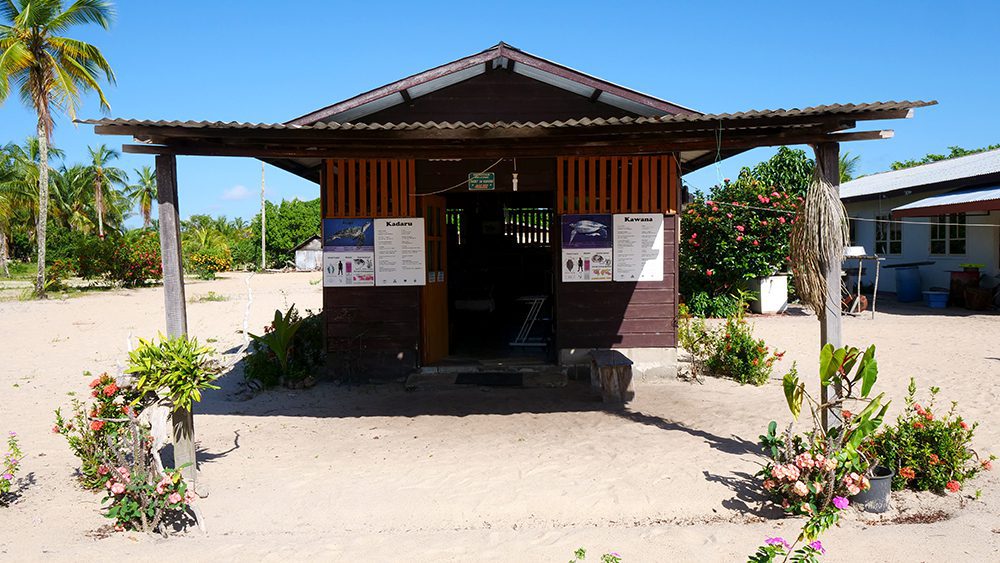
Even though Galibi may be small, there are still great places in town to buy authentic and unique souvenirs to take back home with you. My friend and guide Imro took me to a local gift shop in the extreme northern part of town, called Carbet Du Souvenir Galibi. Visiting is easily one of the top things to do in Galibi!

There, you can buy high-quality, locally-made crafts like necklaces, turtle-shaped figurines, pottery, bracelets, and musical instruments.

You can also find turtle skulls and skeletons, which are illegal to take back to the U.S. The item there that immediately caught my eye was a wooden stool that had been carved into the shape of a leopard. It was beautifully made and cost $110 USD. I wanted to buy it, but it was way too big to carry around and take back home with me, but I did buy a cool calabash fruit shell that had a turtle carved into it!
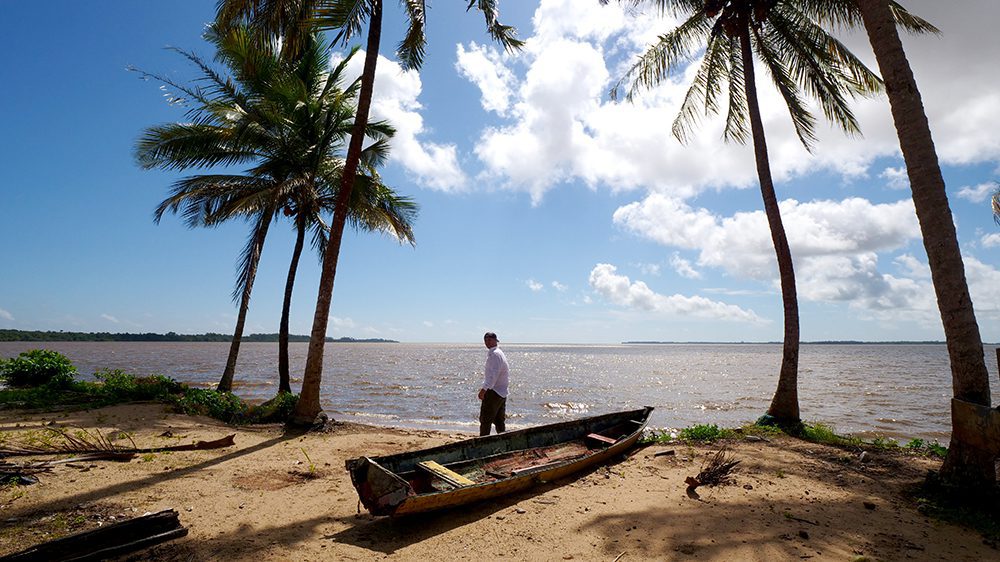
Galibi may be small but it had a huge impact on me. The people were so warm and inviting. The cuisine reminded me why I love eating jungle-style food, and the authenticity is exactly what I seek out when I travel. And even though I didn’t get to see any turtles, my 24 hours in Galibi was an experience I will never forget. Book a trip to Suriname today to experience the top 5 things to do in Galibi. I promise you, if you’re anything like me, you won’t be disappointed.
NOTE: If you need to check the visa requirements of a particular country, click here. To apply for a visa, find up-to-date visa information for different countries, and calculate the cost of a particular visa, click here!
Counter
101 Countries • 1432 Cities